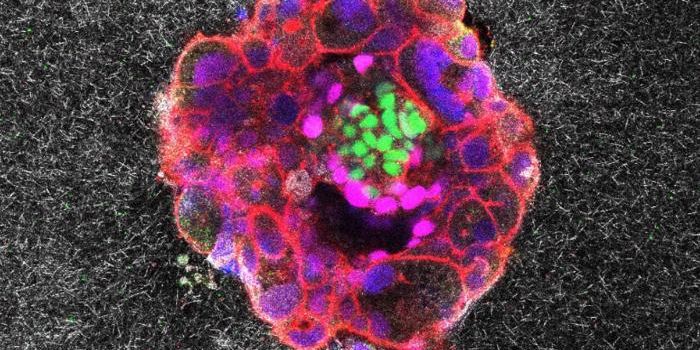The Killer Instinct of a Dainty Flower is Finally Exposed
The exotic Venus flytrap is a famous carnivorous plant that's easy to identify. But it seems that another carnivorous plant has been quietly lurking among the regular flora of the Pacific coast for many years, undetected. Researchers described Triantha occidentalis in the scientific literature for the first time in 1879, but now, its special talent for digesting small insects has been revealed.
Scientists have reported this totally new lineage of carnivorous plants in the Proceedings of the National Academy of Sciences, making it the first to be discovered in two decades. Insect-eating, flowering plants are already unusual, but this new one, the North American flowering plant Triantha occidentalis, uses a sticky-trap mechanism that is unique among plants that capture insect prey. These plants typically use leaves to trap insects, but the stemmy sites where insect prey are captured and killed on Triantha sit adjacent to flowers that must also be pollinated by insects.
Triantha's flowering stems are sticky, and they release an enzyme that can digest small insects it traps. The enzyme, phosphatase, is found in all plant carnivores that digest their prey directly. But Triantha is the only one that has sticky-traps next to its flowers. The insects this plants traps are small, while larger pollinators like bees and butterflies are spared by the carnivore, helping to ensure that it can have the help of its insect friends and eat some insects, too.
Fewer than 1,000 species of plants are carnivorous, and they tend to dwell in places without many resources. Carnivorous plants need nutrients to grow and reproduce, and insects help them achieve that goal even when they live in nutrient-poor habitats.
The researchers noted that since Triantha doesn't live anywhere that's difficult to access, it lives near cities, there may be other plant carnivores waiting to be discovered.
"We had no idea it was carnivorous," botanist Sean Graham of the University of British Columbia told NPR. "This was not found in some exotic tropical location, but really right on our doorstep in Vancouver. You could literally walk out from Vancouver to this field site."
Sources: Proceedings of the National Academy of Sciences, NPR









